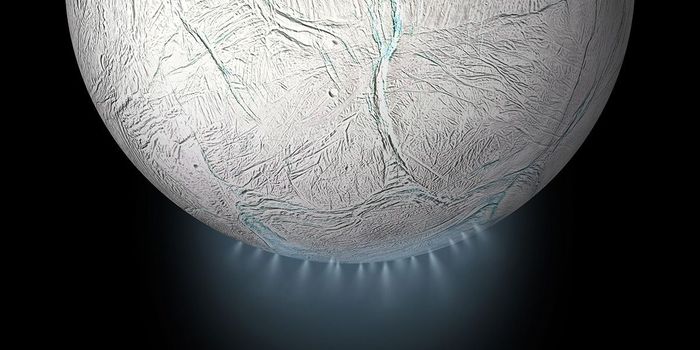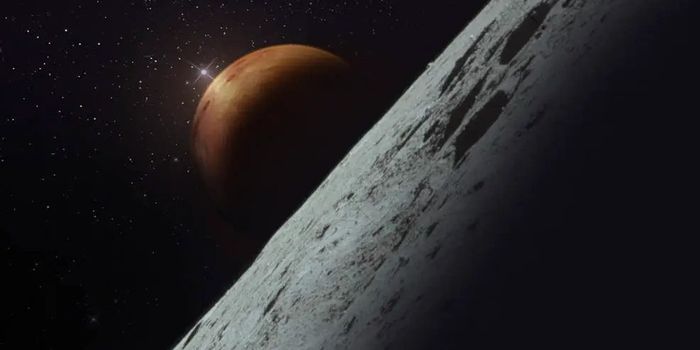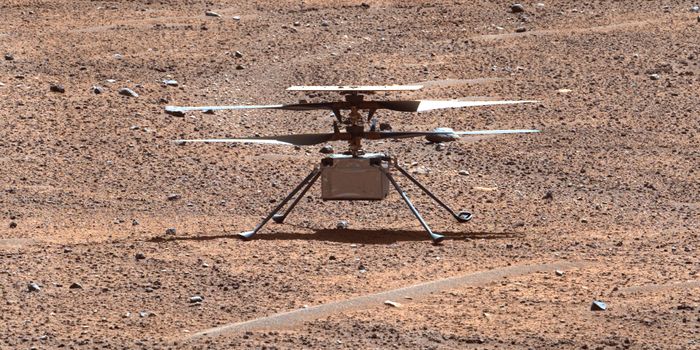Revealing Io: Juno Mission Unveils Stunning Features of Jupiter's Moon
Jupiter’s first Galilean moon, Io, is the most volcanically active planetary body in the entire solar system with hundreds of volcanoes erupting hundreds of miles into space. Aside from the volcanoes, Io also boasts a myriad of volcanic lakes and mountains across its surface, which NASA’s Juno spacecraft recently obtained from low flybys in December 2023 and February 2024, coming within 930 miles of Io’s very active surface.
“Io is simply littered with volcanoes, and we caught a few of them in action,” said Dr. Scott Bolton, who is the principal investigator of Juno. “We also got some great close-ups and other data on a 200-kilometer-long (127-mile-long) lava lake called Loki Patera. There is amazing detail showing these crazy islands embedded in the middle of a potentially magma lake rimmed with hot lava. The specular reflection our instruments recorded of the lake suggests parts of Io’s surface are as smooth as glass, reminiscent of volcanically created obsidian glass on Earth.”
Loki Patera was first imaged by NASA’s Voyager 1 in 1979, revealing a very active surface and the most active of the four Galilean moons. The reason for Io’s immense volcanic activity is due to tidal heating, which occurs from Io’s somewhat elliptical orbit around the much larger Jupiter, which causes Io to orbit closer and farther away to Jupiter throughout its small orbit. This results in Jupiter’s massive gravity stretching and expanding the small moon, leading to friction within Io’s core, and eventually to heat. Since this process is ongoing, this means Io has been volcanically active for eons and could be volcanically active eons from now, as well.
Going forward, Juno will continue to explore Jupiter and its Galilean moons to gain greater insight into Jupiter’s formation and evolution and the composition of the moons, as well.
What new discoveries will Juno make about Io and its volcanic activity in the coming years and decades? Only time will tell, and this is why we science!
As always, keep doing science & keep looking up!
Sources: NASA JPL, NASA JPL (1), Wikipedia
Featured Image: Image of Io obtained by NASA’s Juno spacecraft on April 9, 2024, when Juno came within approximately 10,250 miles of the small moon. (Credit: NASA/JPL-Caltech/SwRI/MSSS. Image processing: Gerald Eichstädt/Thomas Thomopoulos (CC BY))



















































